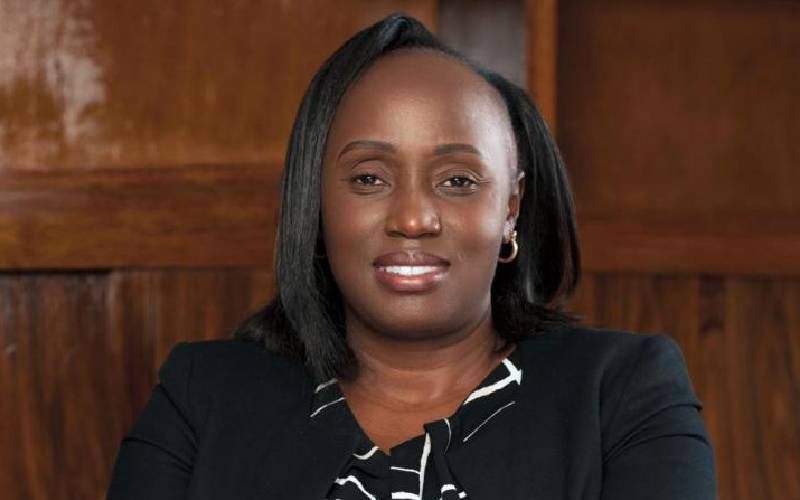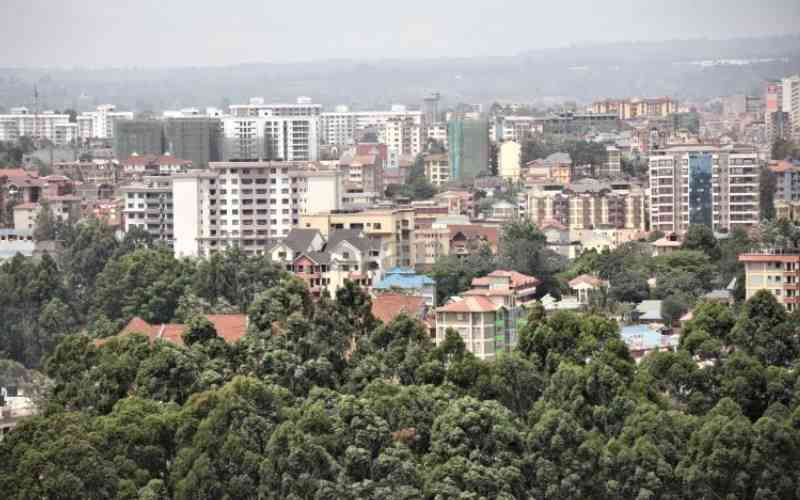By Lillian Aluanga
Kenya’s rapidly rising population may make it hard for the Government to provide essential services, key in providing quality life to her people.
A workshop for MPs in Mombasa last month on the country’s Draft Population Policy for National Development, underlined the fact that it may be difficult for Kenya to meet objectives of the Ministry of Planning’s Vision 2030 on the social, economic and political fronts should current growth rates remain unchecked.
Vision 2030 refers to the country’s development blueprint whose aim is to transform Kenya into a middle-income economy, providing high quality life to her citizens.
Currently, the country’s population growth rate is at 2.9 per cent, a figure analysts warn could complicate efforts to meet crucial service needs like health and education.
"Kenya’s annual population growth rate as obtained from the 2009 Population and Housing Census is clearly not sustainable given the current and projected annual economic growth," says National Co-ordinating Agency for Population and Development Chief Executive, Boniface K’Oyugi.
If left unchecked, the current growth rate would push Kenya past the 70-million-mark by 2030, nearly double the current population.
Although it has been identified as one of the key factors in attainment of Vision 2030, population management has often elicited emotive discussions with a section of clergy and politicians expressing varied and sometimes controversial views.
The Draft National Policy on Population, which Dr K’Oyugi says is aimed at encouraging Kenyans to have smaller families, which are sustainable, is bound to ignite debate as seen during the workshop. MPs discussed targets that would enable a rise in life expectancy among Kenyans from 57 to 60 years.
Key aspects of the Draft include principles that shall guide implementation of the population policy. Key to this is the affirmation of the basic right of all couples and individuals to decide freely and responsibly the number and spacing of their children. Socio-economic and demographic settings will also form a crucial point of discussion, given that despite improvements in child survival, birth rates have remained largely unchanged since 1993, where on average, a woman would have had five children during her reproductive years.
Economic growth
Performance of the past population policy would also be considered given that analysis for the periods 1984-1999 and 2000-2010 show that the latter is a ‘lost decade’, where several indicators show little or no progress.
Other key aspects relate to population policy goals, objectives and targets up to 2030, implementation framework, and resource mobilisation.
Debate on the age old question of whether size of a family affects development saw the advancement of several arguments by legislators at the Mombasa forum, with Public Service Assistant Minister Adan Sugow rooting for prioritisation of education in arid areas.
"Education and equity in marginalised areas is what is needed to plan families, not to control," said Sugow, of the areas, which register high infant and maternal mortality rates.
While some MPs felt the challenge had more to do with misplaced priorities and a lack of work ethics, Kajiado South MP Katoo Ole Metito said the subject of numbers was "political and sensitive", given that size of ones’ community could be a determining factor in one’s election.
But in supporting the argument for smaller families, Higher Education assistant minister Kilemi Mwiria, challenged his colleagues to have the courage to tackle cultures that "take us backwards" adding that one could have as many children as they liked but not at the expense of those who had chosen to have less.
But just why has it been difficult for Kenya to keep her population growth at manageable levels?
Dr K’Oyugi cites a shift in donor support from family planning to HIV/Aids, in the face of inadequate Government funding, and limited public-private partnerships in family planning programmes. Changes are, however, anticipated in light of the Government’s reduction on donor dependency in population and family planning programmes.
But there are also socio- cultural factors, as shown by low involvement of men in family planning, myths and misconceptions on family planning, and conflicting messages on the subject from religious and political leaders. Persistent high poverty levels (about one half of the population has been living below poverty levels for the last two decades), and contraceptive insecurity characterised by frequent stock-outs of family planning items at service delivery points have also been cited.
K’Oyugi says analysis of population characteristics of Kenya’s Vision 2030 benchmarking countries like Singapore and Malaysia underscored the need for a reduction in the annual growth rate given the ‘model’ countries’ rates of below two per cent.
"It’s the most practicable way of reducing the high national expenditure on basic needs and services provision, hence reducing pressure on the available limited resources for development," he says.
It has been argued that while Kenya would like to tap into the ‘Asian Tigers’ recipe for successful economies, their population growths are lower at 0.6 and 1.6 per cent.
African Population and Health Research Centre’s Executive Director Alex Ezeh, says an unchecked increase in population could result in considerable numbers being excluded from accessing critical services.
"With the current growth rates, Kenya’s population will have doubled by 2034. We need to critically consider the needs of the population and whether these can be effectively met by the growth levels," he says.
Ezeh, however, decries the ‘politicisation’ and misinformation on reproductive health, which has sometimes seen debate on the issue mired in controversy.
"When we talk about reproductive health we are not necessarily talking about abortion," he says.
Ezeh cites Botswana, Tunisia, Ghana and Rwanda as some of Africa’s success stories, where growth rates in some cases dropped from eight to 2.3 per cent.
"Kenya was once there when rates declined from 8.1 births per woman in 1979 to 4.7 in 1998," he says.
Elsewhere in Africa, Lesotho (0.3), Namibia (0.8), Mauritius (0.7), Tunisia (1.0), Swaziland (1.2) and Algeria (1.2) are among those that record low population growth rates.
Others like Zimbabwe (4.3), Burundi (3.5), Niger (3.6), Uganda (3.6), and Ethiopia (3.1) rank high on the list.
 The Standard Group Plc is a multi-media organization with investments in media
platforms spanning newspaper print operations, television, radio broadcasting,
digital and online services. The Standard Group is recognized as a leading
multi-media house in Kenya with a key influence in matters of national and
international interest.
The Standard Group Plc is a multi-media organization with investments in media
platforms spanning newspaper print operations, television, radio broadcasting,
digital and online services. The Standard Group is recognized as a leading
multi-media house in Kenya with a key influence in matters of national and
international interest.
 The Standard Group Plc is a multi-media organization with investments in media
platforms spanning newspaper print operations, television, radio broadcasting,
digital and online services. The Standard Group is recognized as a leading
multi-media house in Kenya with a key influence in matters of national and
international interest.
The Standard Group Plc is a multi-media organization with investments in media
platforms spanning newspaper print operations, television, radio broadcasting,
digital and online services. The Standard Group is recognized as a leading
multi-media house in Kenya with a key influence in matters of national and
international interest.









